Corticosteroids
- Use controversial: Historical concern exists that corticosteroids reduce the penetration of anti-TB drugs in the CNS, cause gastrointestinal bleeding, and might save lives but increase the number of disabled survivors.
- Evidence of improved survival rates: A recent Cochrane systematic review and meta-analysis of 7 randomized controlled trials involving 1140 participants (with 411 deaths) concluded that corticosteroids improved outcome in HIV-negative children and adults with TB meningitis, but the benefit in HIV-positive individuals remains uncertain (54). The results were heavily influenced by a study performed on 545 Vietnamese adults (199 deaths), which observed that dexamethasone treatment was associated with a significantly reduced risk of death but no demonstrable reduction in residual neurological deficits and disability among surviving patients (41). The effect on survival rate was consistent across all stages of disease severity.
- Evidence of improved outcome: Schoeman et al. confirmed the useful role of corticosteroids in young children (42). They observed that, in addition to increased survival rates, corticosteroids significantly improved intellectual outcome, and enhanced the resolution of the basal exudates and intracranial tuberculomas, as confirmed by serial CT scans. Anecdotally, corticosteroids improve symptom and seizure control and reduce tuberculoma size and perilesional edema. The duration of therapy varies, depending on response.
Indications for corticosteroids
- Disease progression: Patients whose condition is deteriorating at or before the introduction of chemotherapy, especially if associated with any of the conditions listed below, can be considered for corticosteroid administration. Additionally, patients who demonstrate a “therapeutic paradox,” an exacerbation of clinical signs (e.g., fever, change in mentation) after beginning antituberculous treatment (55) may benefit from steroid use.
- Encephalitis: Patients with an acute “encephalitis” presentation, especially if the CSF opening pressure is ≥400 mm H2O or if there is clinical/CT evidence of cerebral edema, may benefit from steroid administration.
- Spinal block or incipient block: Patients with CSF protein >500 mg/dL and rising with spinal fluid pressure in excess of 300 mmH2O will need steroids.
- Basilar exudates: Patients with head CT evidence of marked basilar exudates (portends an increased risk for infarction of the basal ganglia) or moderate or advancing hydrocephalus will significantly benefit from steroids.
- Significant intracranial mass: Patients with intracerebral tuberculoma, where edema is out of proportion to the mass effect and there are clinical neurological signs (altered sensorium or focal neurological deficits) need steroids.
Recommended dosing
- Adolescents and adults (>14 years of age): Treatment should be started at presentation with dexamethasone, 0.4 mg/kg/24 hours. The dose can be reduced over 6–8 weeks (21).
- Children (≤14 years of age): At presentation children should be given prednisolone, 4 mg/kg/24 hours (or an equivalent dose of dexamethasone: 0.6 mg/kg/24 hours) for 4 weeks, followed by a reducing course over 4 weeks (26).
Thalidomide
- Anecdotal reports of successful use: Case reports describe successful treatment of cerebral tuberculomas with thalidomide. Thalidomide should not be used for the routine treatment of TB meningitis but may be helpful for patients with tuberculomas whose symptoms are not controlled, or are worsening, on anti-TB therapy and high-dose corticosteroids (26).
- Not supported by controlled trials in children: While case reports describe successful treatment of cerebral tuberculomas with thalidomide, a randomized controlled trial of thalidomide for the treatment of TB meningitis in children was stopped early when an increased in adverse events was documented (8).
- No proof of efficacy for CNS tuberculomas: There are no published controlled trials to prove the efficacy of thalidomide use in patients with intracranial tuberculomas without meningitis or spinal cord tuberculosis.
Please create a free account or log in to read 'Adjuvant Therapies for Tuberculosis of the Central Nervous System in Children'
Registration is free, quick and easy. Register and complete your profile and get access to the following:
- Full unrestricted access to The ISPN Guide
- Download pages as PDFs for offline viewing
- Create and manage page bookmarks
- Access to new and improved on-page references

